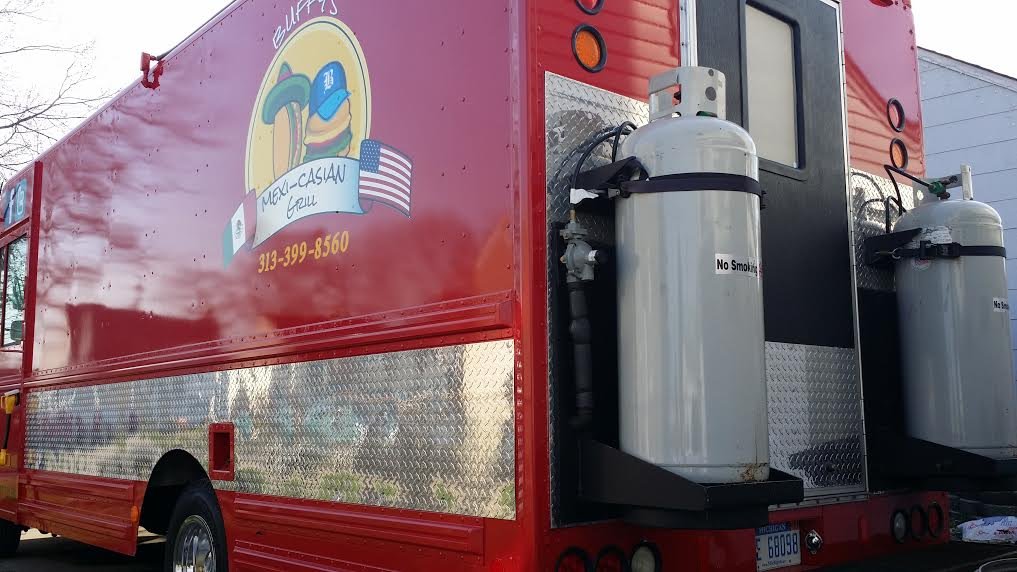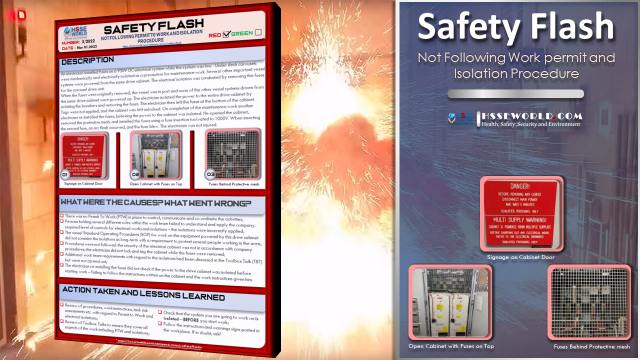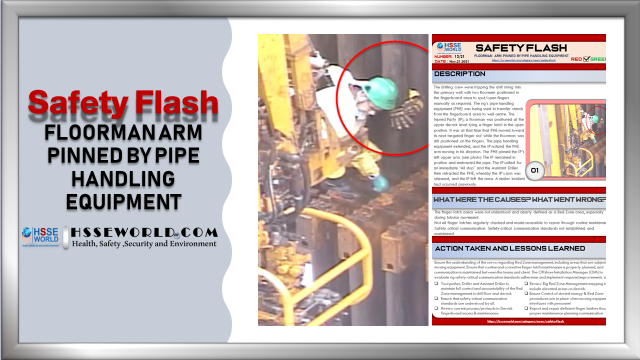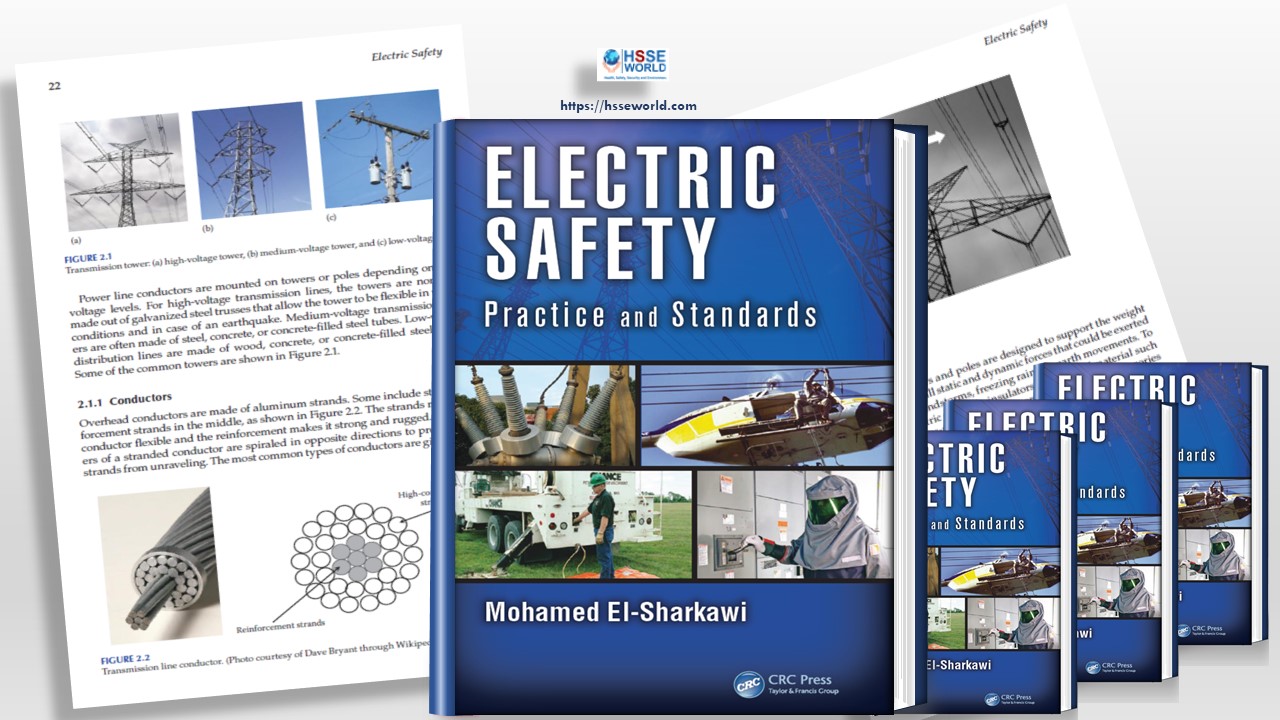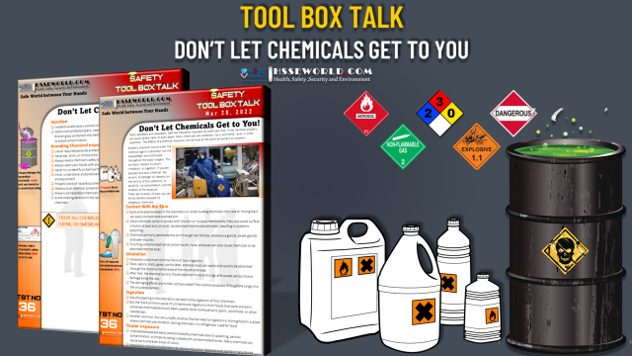Explosions in food trucks can occur when propane leaks from equipment or a fuel tank, builds up inside a truck, and ignites. Food truck explosions have occurred in multiple locations in Canada and worldwide. The risk grows as the number of food trucks continues to rise. This bulletin discusses how explosion hazards can develop and how food truck owners and operators can reduce the risks.
Food trucks primarily use propane to fuel cooking and other equipment. Propane can leak and accumulate (build up) inside a food truck. It can then be ignited by an open flame (such as a pilot light), hot surfaces, sizzling oil, electrical equipment (such as stoves and portable generators), wiring, or other ignition sources.
Owners and operators of food trucks and mobile kitchens should take precautions to reduce the risk of propane explosions, which can result in severe burns and fatalities.
On-site hazards
Be aware of the following potential issues at your food truck operation:
- Propane can leak from sources such as:
- Propane tanks incorrectly turned off
- Fittings and seals that have been loosened by shaking during travel
- Leaky valves on propane tanks
- Improperly threaded hose connections
- Unlit pilot lights
- Food trucks are enclosed spaces that may allow leaking propane to accumulate to levels that present an explosion
- Propane is typically sold with an odorant that smells of rotten eggs to warn of a leak, but cooking smells may mask this odour
- Because propane is heavier than air, pools of leaked propane can collect in crevices and low areas around the food truck where they are hard to notice or
- Lighting pilot lights is a particularly hazardous process because they are often located at a low level where propane may
- Food trucks are often located close to each This makes it easier for fires or explosions to spread to other food trucks that use propane or have other fuels on board.
- Food trucks that have caught fire can experience delayed, violent explosions when propane tanks rupture in the heat of a
Safe work practices
The following safe work practices can help reduce the risk of explosions in food trucks:
- Design the layout and operation of the food truck to maximize ventilation effectiveness and prevent propane gas from
- Ensure tanks, fittings, hoses, cooking equipment, and all related parts meet established safety standards. Conduct inspections and perform maintenance regularly.
- Frequently check for propane leaks and unlit pilot lights, and tighten the tank connections. At a minimum, perform these checks twice daily at set-up and again at shutdown, as well as before and after each move and tank change.
- Develop and implement clear procedures for delivery, storage, and changing of propane tanks, as well as for starting up and shutting down any propane-fuelled equipment.
- Ensure workers are trained in propane use and handling, including changing and transporting propane tanks and lighting pilot lights.
- Ensure workers have Workplace Hazardous Materials Information System (WHMIS) training.
- Use caution when lighting pilot Keep hair tied back. Contain any loose clothing.
- Keep all unnecessary ignition sources (for example, cigarettes, lighters, heating sources, and power tools) away from the propane tanks at all times. Post signage as a warning.
- Ensure all propane tanks are always turned off prior to moving the vehicle. Never run “hot” (i.e., never drive while the propane is on or lit).
- Have a working, properly calibrated detector for flammable Use the detector as part of the daily safety checks to identify potential leaks or gas accumulations.
- Do not use old propane tanks. Inspect date stamps during inspections, and discard out-of-date tanks appropriately.
- Store spare propane tanks securely outside the food truck in an upright position.
Emergency planning
Develop and implement a written emergency plan. Make sure your plan covers the following:
- Establish emergency response procedures and emergency evacuation When arriving at a new location, ensure these procedures still apply. If not, establish new procedures for the new location.
- Determine evacuation routes and procedures in advance, taking into consideration the crowds that may be nearby. Ensure the location of the food truck does not block emergency escape routes.
- Ensure that truck exits are identified and always kept free and clear of any obstructions that could hinder access to an escape route.
- Ensure appropriate emergency response equipment (such as fire extinguishers) is visible, accessible, and in good working condition.
- Maintain site-specific emergency contact information and notification Plan appropriately in remote work sites where lack of cellular service may hinder response.
- Train all workers in the procedures laid out in your written emergency plan. Conduct drills frequently to ensure workers can correctly perform the procedures.
To download Full Report Click below

